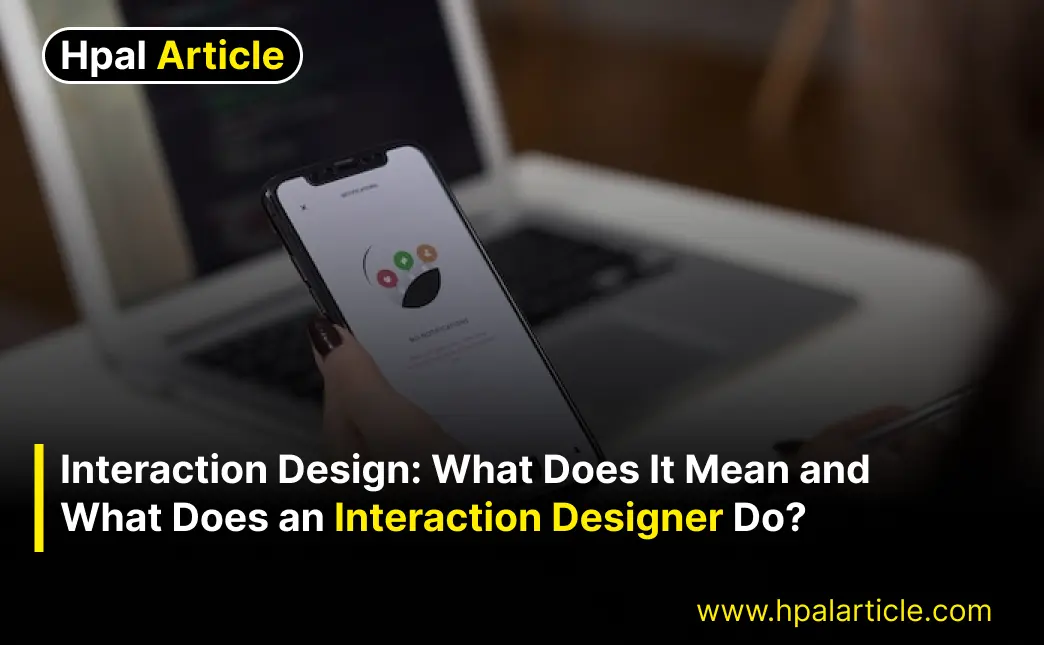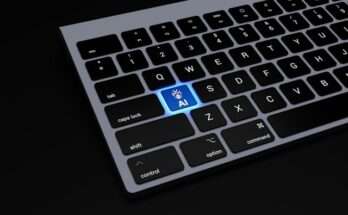What Does an Interaction Designer Do? Interaction designers are responsible for designing the way that users interact with products, websites, and applications. They focus on creating intuitive and user-friendly experiences that enable people to easily accomplish their goals through a product or service.
Interaction Designer work with a variety of tools and techniques to create wireframes, prototypes, and user flows that illustrate the steps and actions that a user will take to accomplish a task. They use these design artifacts to communicate their ideas to development teams and to test their designs with users to ensure that they are effective and easy to use.
In addition to designing the overall user experience, interaction designers may also be responsible for creating visual designs, such as icons, graphics, and layouts, that support and enhance the user experience. They may work closely with visual designers and other team members to ensure that the overall design is cohesive and consistent.
Overall, the goal of an interaction designer is to create products and experiences that are intuitive, easy to use, and enjoyable for the user.
Interaction design is a rapidly growing field of design that focuses on creating meaningful interactions between users and digital products. An interaction designer is a professional who specializes in designing these user experiences. This blog post will explain what interaction design is, how it works, and what an interaction designer does. We will discuss topics such as user-centered design, user research, user interface design, and more. By the end of this post, you should have a better understanding of the role of an interaction designer and how they help create meaningful experiences for users.
What is Interaction Design and What Does an Interaction Designer Do?
- What is Interaction Design?
- What Does an Interaction Designer Do?
- The Future of Interaction Design
- What are the benefits of user interaction design?
- What are the different types of interaction design?
- What are the goals of UX interaction design?
What is Interaction Design?
Interaction design (also known as UX design) is the practice of creating user interfaces and experiences that are easy to use, efficient, and engaging. It is an important field for designers who create digital products such as websites, mobile applications, and other interactive systems. An interaction designer focuses on how a user interacts with a product, and how to make that experience more enjoyable and efficient.
This means taking into account the visual design, usability, accessibility, content, and behavior of the product. The goal of interaction design is to make sure users have the best possible experience when using a product, from the initial launch through to continuous updates. By creating intuitive, user-friendly interfaces and interactions, interaction designers can help increase engagement, satisfaction, and efficiency with digital products.
What Does an Interaction Designer Do?
An interaction designer, also known as a UX (user experience) interaction designer, is a professional responsible for creating user-friendly interfaces that improve the overall user experience. Interaction designers are often employed in tech companies, design agencies, and other organizations to create products that are both visually appealing and functional.
Interaction designers take into account the needs of the users when designing interfaces, as well as the goals of the product or service. They work closely with developers, product managers, and other stakeholders to ensure that their designs are aligned with the business objectives. They often use a variety of tools and techniques to create prototypes, wireframes, and interactive mock-ups that can be tested and refined before being implemented.

Interaction designers are experts in usability and accessibility principles, user interface design patterns, and heuristics. They need to understand how different types of users interact with digital products and be able to identify common issues and propose solutions. Additionally, they must have a good understanding of visual design principles, such as typography, color theory, layout, and iconography.
The role of an interaction designer is constantly evolving and adapting to the latest technologies and trends. As such, they must stay up-to-date with the latest industry developments and be willing to adapt their skills accordingly.
The Future of Interaction Design
Interaction design is becoming increasingly important as technology evolves and user experience (UX) continues to become more complex. As technology advances, the needs of users must be taken into account in order to create successful products, apps, and websites. That’s where interaction designers come in.
Interaction designers are responsible for understanding user behavior and designing experiences that enable users to interact with digital systems in a meaningful way. This means creating user interfaces, or UIs, that allow people to quickly and easily accomplish their goals. Interaction designers consider how people think, feel, and act when using a product, as well as how they might use it in the future.
As technology becomes more ubiquitous and integrated into our daily lives, interaction designers will continue to play an integral role in the creation of successful products. They will help us design digital experiences that are more intuitive, engaging, and satisfying to use. We can also expect to see more collaborative projects involving interaction designers working together with software engineers, product designers, and marketers.
What are the benefits of user interaction design?
Interaction design has become an increasingly important field in the world of user experience (UX). The role of a senior interaction designer is to create interfaces that are intuitive, efficient, and provide a satisfying user experience. By creating an interactive design, an interaction designer can create a bridge between the user and the system, making the process of using a product or service easier and more enjoyable.
There are numerous benefits of using an interaction designer for UX projects. Firstly, interaction designers understand how people use products, systems, and services, and can create interfaces that are easy to use and navigate. This makes it easier for users to find what they need quickly and without frustration.
Secondly, interaction designers can create an interactive design that encourages engagement. By incorporating motion, sound, visuals, and text into an interface, the user is more likely to be motivated to interact with the product or service. This helps to keep users engaged and interested in the product or service, resulting in increased loyalty and customer satisfaction.
Finally, by utilizing an interaction designer, you can ensure that your product or service meets the needs of users. An interaction designer can provide feedback on usability issues and suggest ways to improve an interface. Additionally, they can create designs that are accessible to people with disabilities and other special needs.
Using an interaction designer for UX projects ensures that your product or service will provide an enjoyable and intuitive user experience. As such, it is an invaluable tool for creating successful products and services that meet user needs.
What are the different types of interaction design?
Interaction design covers a wide range of disciplines, from the user experience (UX) to graphic and interface design. It involves understanding how users interact with digital products and how to create interfaces that make the user experience more intuitive and enjoyable. UX interaction designers focus on the user experience by creating layouts and visual elements that are easy to use and understand.
This type of design typically involves user research, wireframing, prototyping, and usability testing. Interface designers specialize in the look and feel of an interface and create visual elements such as buttons, menus, and navigation. Finally, graphic designers are responsible for making sure that visuals such as icons, logos, and images are aesthetically pleasing. Together, these three disciplines form the foundation of effective interaction design.
What are the goals of UX interaction design?
The goal of a UX interaction designer is to create an enjoyable, intuitive, and efficient experience for the user. This means crafting interfaces that are visually appealing, logically structured, and easy to navigate. UX designers strive to understand how users interact with products and services, and then use this understanding to develop interfaces that are tailored to user needs. The primary objective is to design user experiences that are engaging and accessible while also meeting the company’s goals.
A UX interaction designer must have a thorough understanding of user behavior, human-computer interaction, interface design principles, as well as research methodologies, and data analysis techniques. They need to know how to effectively communicate with stakeholders, business owners, and developers in order to come up with a product design that meets the needs of all parties. UX designers should also be able to identify potential usability issues and test the effectiveness of the interface they’ve designed.
By working closely with other teams and stakeholders, a UX interaction designer is able to create an experience that is tailored to meet the user’s needs. This includes creating user personas, researching user behaviors, developing interactive prototypes, and conducting usability tests. Through this process, the UX designer is able to ensure that the end product is one that is both intuitive and engaging for the user.




